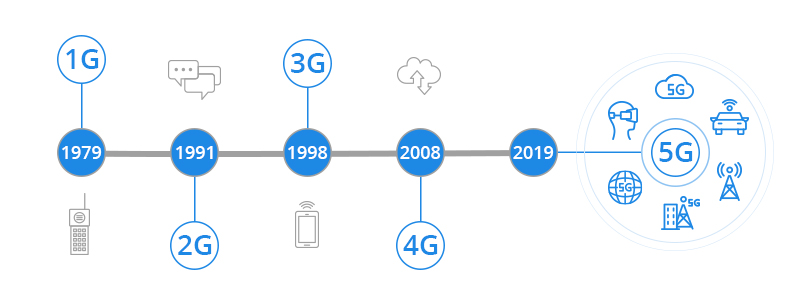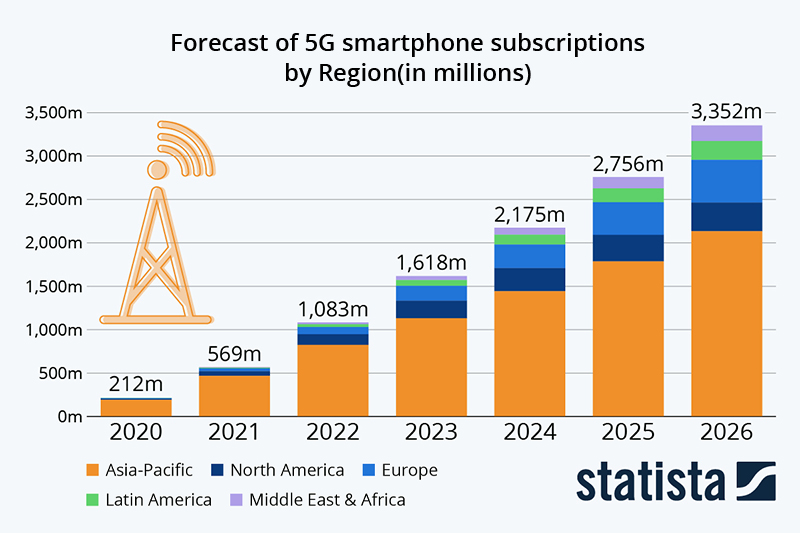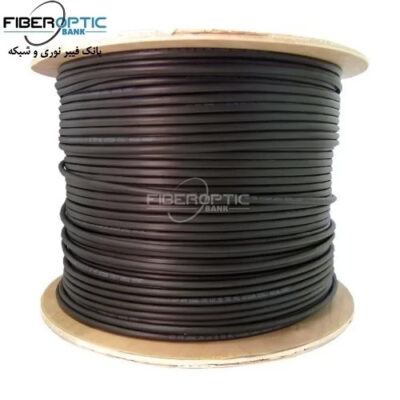Impact of 5G on Network Servers
5G technology is not so new normal today, since it was proposed in 2019 as the fifth generation of mobile network connectivity after 4G and develops over time. Many countries and regions have deployed 5G base stations and benefit from them, such as China, the U.S., South Korea, and other countries all over the world.
5G promises high speed, high volume, and low latency, which enables more devices to connect to the internet and communicate with each other. 5G not only changes our lives but also urges network operators to upgrade the existing data center architecture and infrastructures, such as network servers.
Impact of 5G on Network Servers
5G, Edge Computing and Network Server
How does 5G influence the data center infrastructure? Here, the two main trends—5G and edge computing need to be considered.
The popularity of 5G changes the way that traditional data communicates, and switches connectivity on a relatively small scale to continuous connectivity among devices everywhere. Because of its advanced advantages in boosting bandwidth and scalability, 5G technology is expected to benefit IoT and critical communication needs. The new use cases mean an exponential increase in massive data traffic, thus more efficient network systems and high-performance devices are needed to handle the huge amount of data.
Edge computing, the distributed computing framework, is gaining popularity in enterprises nowadays. The emergence of edge computing is due to the exponential growth of 5G applications such as IoT devices. It enables the data to be processed and analyzed closer to the edge—where data is created, so the data will not traverse over a network to a cloud or data center to be processed, which decreases the network latency. The rollout of edge computing pulls up the deployment of edge servers.
As the engines of data centers, servers bear the responsibility of providing processing, memory, local storage, and network connectivity to drive applications. Driven by the combination of 5G and edge computing, the need for network servers will increase and the requirement will become different from ever before.
New Expectations for Network Servers
What changes do 5G technology and edge computing bring to network servers? There are several trends that network servers will follow.
Increasing Number of Servers to Be Deployed
According to the report by Statista, the adoption of 5G would hit 1 billion in 2022 and increase progressively year after year. 5G use cases, such as video, IoT and AI are driving data to grow dramatically. Data computing and storage are expected to grow exponentially, and so is the number of computing infrastructure – network servers. How much network servers will increase depends on the amount of data generated by 5G applications. The more data is generated, the more network servers are needed.
Optimized Network Server Performance
With more 5G applications implementing edge computing, the small-sized data centers will be more widely deployed and the network devices will be contained in a smaller footprint. Edge computing system should be able to handle high throughputs and ensure low latency for real-time processing. The network servers to be deployed are required to handle the demands of emerging applications and the convergence of key workloads with ease.
Generally, the cooling system of the edge data center is not as complete as the traditional centralized data center. To avoid data center failure caused by servers with poor heat dissipation performance, edge servers are demanded to feature a more flexible operating temperature than traditional network servers.
Also, as edge servers are deployed at network edge locations rather than centralized data centers, it requires an optimized remote maintenance system to cope with accidental situations such as power outages or something else.
New Requirements for Deployment Environments
The deployment environment of network servers for edge computing is generally more complex than traditional data centers. There are many distinctions in needs of space, temperature, power system and other considerations between edge servers and traditional servers. Some edge servers may be used for outdoor deployment. Except for weather-resistant enclosures to protect servers from harsh environments, operators also need to consider security issues, helping to keep edge computing systems safe.
The power supply is another problem to be considered. Because of the heavy computation burden, the edge server may be resource-constrained. Limited power and energy can make it difficult for servers to handle heavy tasks. To deal with these issues, new standards should be set for deployment environments.
After all, network servers vary from industry to application. Different applications require 5G servers with different features, which is significantly unlike cloud computing scenarios, where much emphasis is on standardized servers. For example, for those cloud-based enterprise services, which have a great amount of data analysis to handle, higher speed is what they require. While self-driving cars pay more attention to lower latency instead of speed improvements.
Network Servers in the 5G Era: Implication for Businesses
Many enterprises have harnessed the power of 5G for business these days. Particularly, driven by the pandemic, the rollout of remote working significantly increases network traffic and pushes businesses to run enterprise data centers more efficiently to accommodate the growing IT demands. No matter for manufacturing industries or retailers, they can always benefit from the highly reliable and low latency connectivity provided by 5G and edge computing.
In the current 5G era, enterprise data centers must update their critical infrastructures. Considering the varied 5G applications as well as the chip shortage across the globe, it is vital to choose a reliable IT supplier for your edge computing system. When choosing IT suppliers, remember that special attention should not only be given to the specification of servers, complete computing platforms the suppliers offer, the supplier reputation, and whether they satisfy the current and future are also needed.
Source: community.fs
Related products...
fiber-optic-cable
fiber-optic-cable
Optical fiber cable 144 dry core 12×12 channel OCUC brand PBN
fiber-optic-cable



















[ratings]